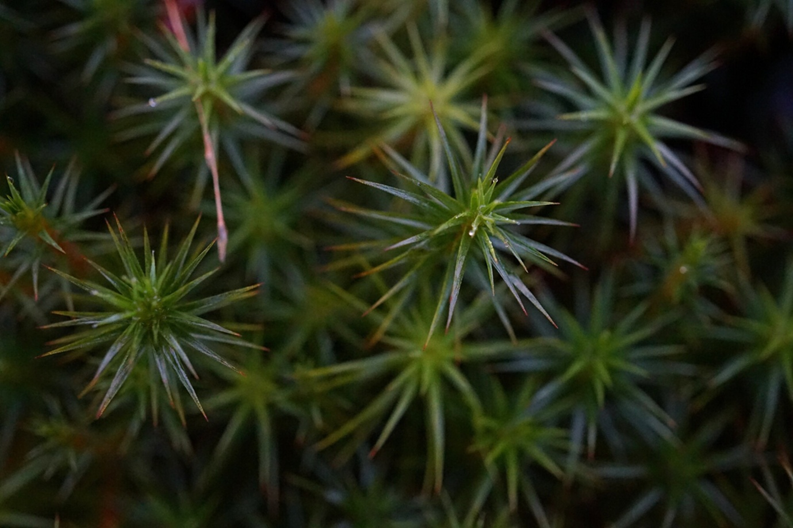Are you looking for a way to keep your garden productive and healthy? Do you need to improve your soil to start plants from seeds?
If you have a home garden then you’ve heard of peat moss. But you may not know much about it or how to use it. Peat moss is a practical garden tool for both flower and vegetable gardens. It can help improve soil and efficiently use water.
Keep reading to learn more about how to use peat moss to improve your garden this summer.
What Is Peat Moss?
Peat moss is a dead, fibrous material made up of decomposed sphagnum moss and other organic material. Most peat moss sold in the United States comes from Sphagnum moss, grown in Canadian peat bogs. Peat moss takes hundreds to thousands of years to develop.
Peat moss is different from other compost in that it forms in the absence of air. This slows the decomposition process and makes it highly absorbent
Advantages and Disadvantages of Peat Moss
Peat moss acts like a sponge and holds water, so nothing sits at the bottom of a pot or container. Because it holds water so well, you don’t have to water as frequently and can use less water when you do.
Unlike other organic material, peat moss doesn’t compact the soil and isn’t damaging to gardens. It rehydrates easily and is springy when it’s wet. It’s also long-lasting because it won’t compact or breakdown. One application of peat moss to your garden will last years.
However, peat moss has a low nutrient content and isn’t very fertile. It is more expensive than compost and is considered a non-renewable resource.
Peat moss is ideal for starting seedlings because it’s sterile and won’t contain any pathogens or weeds. Blueberries, camellias, and other acid-loving plants especially love their slightly acidic composition.
It is a great companion to juicy fruits with tender skins like tomatoes and strawberries because it holds water and acts as a well for the roots of these plants. But it won’t work as nicely for plants that need a neutral or alkaline pH soil, so be aware of what plants you have in the area.
How to Use Peat Moss in Your Garden
Peat moss is very useful to home gardeners. It’s used as an additive in potting mixes and a soil amendment. It’s a convenient source of organic matter that doesn’t require further composting.
It’s a sterile and homogeneous material that keeps a seedbed moist to aid germination. And, it’s one of the materials used to make peat pots. Peat moss is combined with shredded, compressed wood fibers to create a biodegradable pot for starting seeds and seedlings. These pots are perfect for transplanting seedlings to the garden, reducing stress and trauma that happens to the plant and roots in this process.
With container gardens or raised garden beds, peat moss mixes well with soil, compost, and fertilizers. It’s a good organic matter to add to help preserve moisture in the container. For larger gardens, however, it may be cheaper to use compost.
It’s a good source of carbon and can be helpful to most compost piles. It offers great protection against weeds and pathogens that can ruin a vegetable garden.
When mixing peat moss with soil in a garden, combine two-parts existing soil with one-part peat moss. Distribute the mixture evenly about 12 inches deep. You can use any garden compost in the soil along with the peat moss.
Peat moss is the perfect place for storing tubers for the winter. Lift the tender plants from the soil and bury them in a tray of dry peat. The peat will absorb any water from them and let them dry naturally. This will help prevent fungi from growing and causing root disease.
How to Use Peat Moss on Your Lawn
Peat moss works well as a soil amendment if your soil is dry and sandy. It will help retain moisture, improve drainage, and prevent the soil from compacting. It makes a good soil conditioner improving its texture and consistency.
You can rent a peat moss spreader from most home and garden centers. This makes it much easier to apply peat moss for lawns that are made of dry dirt or rocky soil.
The Environmental Concerns of Using Peat Moss
Peat moss is considered a non-renewable resource. The biological process of breaking down the sphagnum moss takes thousands of years. And peat reserves worldwide grow at a rate of less than a millimeter every year. Almost 90% of the peat moss used in the United States is mined in Canada. There are strict industry regulations there. Less than 1% of peat bogs are actually harvested each year.
Mining peat moss is a very carbon-intensive process. Large amounts of carbon dioxide get released into the atmosphere. This has an undesirably negative impact on climate change.
Peat moss is widely available from many manufacturers, so be sure to read the labels carefully. Make sure there are no added chemicals that may be harmful to your plants.
Also, it’s recommended to wear a face mask when handling dry peat moss. The material is very fine and can be inhaled easily.
Should You Use Peat Moss?
The expense and environmental concerns of peat moss may have some people thinking twice about whether they should use it or not. For many gardeners though, once you know how to use peat moss the benefits and value it can add to dry soil make it a viable tool for their needs.
Check out other articles on our blog for other home improvement and landscaping solutions that are right for you.


